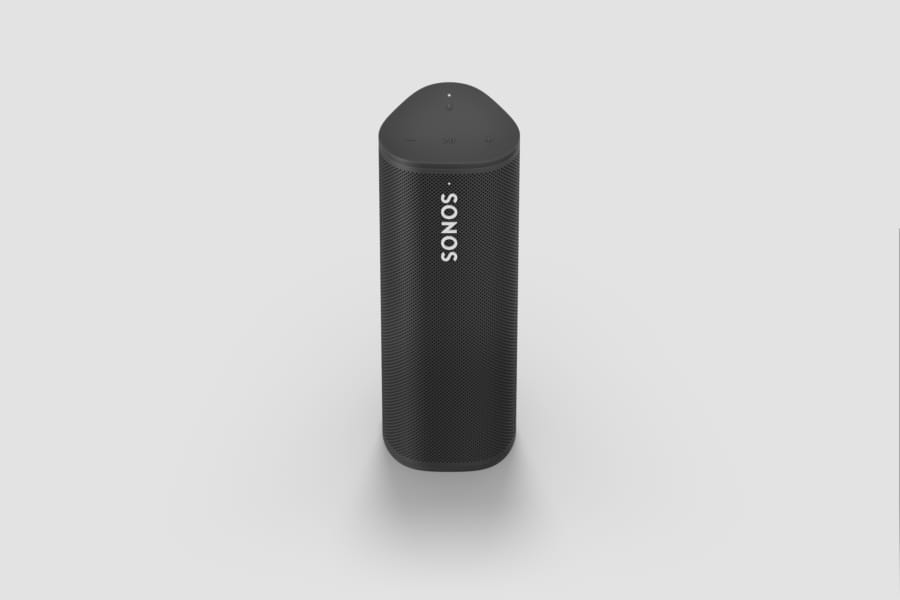My Depressing Journey with Sonos Roam, the Wannabe Big Speaker
Ever heard of a company called Bose? They get all the smacks from enthusiasts, so you must have. I personally prefer Bose for their reliability; you get what you paid for, and their products are well researched by reviewers. Not the most cost-efficient speaker brand as noted thousands of times, but if you are looking for a niche speaker for a shower room, or for outdoors, the usual “good” speakers go out the window and only the mass-manufactured ones remain with some IPX ratings.
Sonos had come to me with lots of promises. This all took place in the early days of wireless earbuds, AirPlay, and Dolby Atmos. And Bose didn’t get its head in the game: no USB-C, no wireless charging, no Wi-Fi. And as late as 2022, Bose started offering USB-C only on the latest model, with most of their speakers still using micro USB. What Sonos roam promised was that it has USB-C, Qi charging, and it has Wi-Fi AirPlay. As a brand, Sonos supported Dolby Atmos early on, giving it more early-adopter look than the American traditional.
What immediately caught me off guard with Sonos Roam was its inability to place itself in day to day routine. Roam wanted to play Jack of all trades in home speakers. It wanted to stay on 24/7, when it’s running on batteries. It wanted to keep its mic on, to act as a voice assistant, and to borrow Sonos’ own words, to “adapt” to the environment. Roam wanted to be the center of all media consumptions, when its hardware was geared toward something else: portability and durability.
Sonos Roam didn’t fall overnight. It was small things, like lack of traditional power button, that started to creep up on me. It’s advertised as a smart speaker, like Amazon Alexa, or Google Assistant, but there is little to no reason to use a portable waterproof speaker as such. And if you are in a market for AI assistants, chances are you already own a good speaker system with assistant support in it. Same goes with the AirPlay. It works, but when the same AirPlay network picks up an actual surround sound system in the same room, a tiny speaker is just a wrong tool for the job.
Roam’s myriad of issues boil down to one question: where does Sonos want to place this speaker? Roam doesn’t even have a battery display, in its place, only a simple green-orange LED light. It’s designed to be smart, always connected. It is a literal brick with few LEDs until it is. And to stay connected, it’s weirdly hooked to the power like a laptop from 20 years ago. But if we start comparing Sonos Roam to real wired competitors, the alternatives make a resounding case of how far reasonable compromises can get you. The sound is nowhere near good as dumb, down to earth speakers, and it is nowhere near smart enough to other actual smart speakers available in the market.
My Roam started showing signs as it became harder to wake it up, or turning it on, as average users would call it. It was as if I was dealing with an elderly pet speaker. It would lose power, or turn itself off completely, and won’t turn on again on a wireless charging pad. Normally, with any other devices, I would immediately notice something’s gone haywire with its tactical bombing of app notifications, TTS announcements, and spice of LEDs blinking as a last resort. Roam didn’t do any of those things, except for silently killing the last two status lights it would have had on for 24/7. Why should I be on a lookout for signs of problems? This isn’t a Tamagotchi.
If there is any shred of hope, competitors seem to be catching up on the features rather quickly. Bose offers some proprietary charging cradles, which could be used as a wireless charging alternative for the speakers. It’s designed with Bluetooth and 3.5mm headphone jack, so it does show its age. Perhaps in the near future I wouldn’t need to decide between the out of place speaker, or the out of time speaker.

Comments